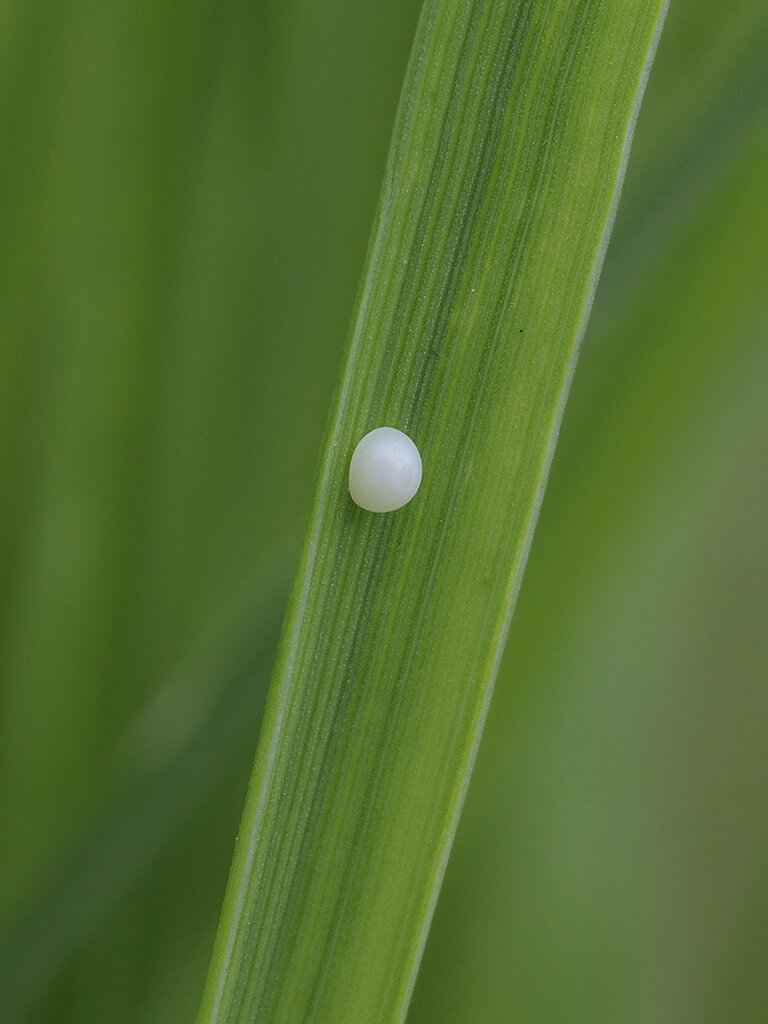New beginnings …
As mentioned in my post of 11th June 2016, Lair of palaemon, the area that the Chequered Skipper, Carterocephalus palaemon inhabits is notable for its climate, warm and wet, with a long growing season and one of the highest rainfalls in Britain. Both are important to the larvae and the range of palaemon coincides closely with that of this climate. Indeed, its range appears to be determined by the requirements of the larval stage including the abundance of suitable foodplant alongside soil-enriching plants such as Bog Myrtle, Myrica gale. Features important to the adults include shelter, abundant nectar sources and areas that provide favourable conditions for mate location.
As part of his ongoing research project, Monday, 6th June 2016 found me returning to Scotland for a week with Peter Eeles in order to visit a number of sites during the palaemon flight season. These included Glasdrum Wood, by far the easiest site to both access and observe this rare and beautiful insect, Ariundle, Glen Loy, Loch Etive, Allt Mhuic, Glen Nevis and several areas around Spean Bridge. The first adult palaemon of the 2016 flight season was reported from Glasdrum Wood on the 12th May. As the adult has a relatively short flight season we were not expecting to find many, if any, pristine specimens. Our main objective was to observe behaviour including that of egg-laying females - we were not to be disappointed. The attached images show two eggs that were observed being laid.
My thanks to Pete for allowing me to share in his research and for his good company during our expeditions.
References:
Eeles, P. (2016). A Study of the Life Cycle of the Chequered Skipper Butterfly Carterocephalus palaemon (Pallas). https://www.dispar.org/reference.php?id=119 [Accessed, 12th June 2022].
Ravenscroft, N.O.M. (1992). The Ecology and Conservation of the Chequered Skipper Butterfly Carterocephalus palaemon (Pallas). Unpublished Ph.D. thesis, University of Aberdeen.
www.ukbutterflies.co.uk/species.php?species=palaemon [Accessed, 12th June 2022].

